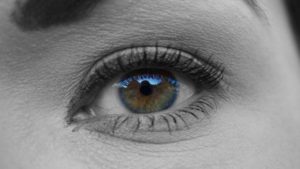 A helpful new blog post from EyeVerify explains some of the more common reasons why biometric sensors don’t always work. And in doing so, it also happens to illustrate some of the benefits of EyeVerify’s own technology.
A helpful new blog post from EyeVerify explains some of the more common reasons why biometric sensors don’t always work. And in doing so, it also happens to illustrate some of the benefits of EyeVerify’s own technology.
The explanation revolves around input quality, noting that, for example, damp skin can hinder a fingerprint scan, and that background noise can impede voice recognition. In short, the sterile conditions of a perfect scan are not always the conditions found using a mobile scanner. But there are solutions, with more detailed metrics and the use of multiple biometric measures being key.
That’s where EyeVerify’s own technology stands out. The company’s Eyeprint ID system is based primarily on eye vein biometrics (in addition to other micro features in and around the eye), and to that end it uses a mobile device’s camera to capture multiple images of a user’s eyes at various levels of exposure, thereby gleaning more detailed biometric data to work with. The company has also refined the system by adding extra modalities, looking at other features around the eye to get even more biometric data for authentication.
The result is a system that impressed the fintech community at last year’s Money20/20, and will likely raise more eyebrows at next month’s FinovateEurope trade show. And as Eyeprint ID takes off as a mobile biometric authentication solution, others working in this space are likely to follow suit with more detailed, multimodal analysis in their own systems.
—
January 21, 2016 – by Alex Perala


Follow Us